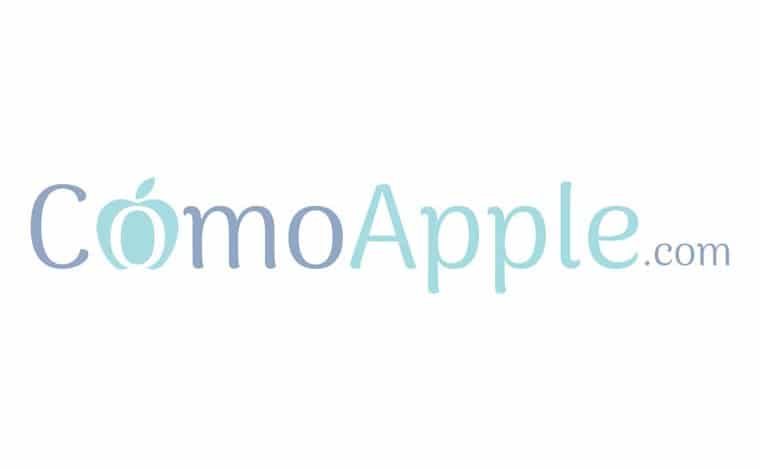
Search for System Information in Lion or later (or System Profiler in Snow Leopard and earlier versions of Mac OS) in Spotlight (press ⌘ and Space ). The program is in /Applications/Utilities and is the tool to see the connected USB devices and other hardware details. It is quite simliar to Device Manager on Windows.
In this regard, where do I find device tree on Mac?
- To view the Thunderbolt Device Tree, click the search icon and enter “System Information”.
- Under “Hardware”, click “Thunderbolt”.
- To view the Video Card, click “Graphics/Displays”.
Also know, how do you find system information on a Mac? To open System Information directly, press and hold the Option key and choose Apple menu > System Information. You can also use Spotlight to find System Information, or open it from the Utilities folder of your Applications folder.
Additionally, where is the Utilities folder on my Macbook?
- Dock: If you have an Applications folder in your Dock, click it and you’ll see the Utilities folder with your other apps.
- Finder: You can always get to Utilities with the Finder menu.
- Spotlight: Type “Utilities” into your Spotlight search box.
In regards to, why is my USB not showing up on Mac? Sometimes your Mac detects the USB drive but doesn’t show it on the desktop. Hence, you ought to go to Finder > Preferences > General and ensure the “External disks” option is ticked. At that point, you’ll see the USB drive appearing on the Mac.Click the Apple menu, select “About This Mac,” and then click “More Info.” Click “USB” to view a list of the USB devices connected to your Mac.
How do I reset my USB ports on my Mac?
- Shut down the device and disconnect it from the power supply.
- Press and hold the power button for 5 seconds.
- Release the button.
- Connect the computer to the power source again and restart as usual.
Where can I find System Information?
Hit Windows+R to open the Run box. Type “msinfo32” into the “Open” field, and then hit Enter. You should immediately see the System Information panel. You can also find the msinfo.exe executable in the WindowsSystem32 directory, should you want to make a shortcut for even easier access.
How do I check my processor and RAM on a Mac?
Click the Apple icon in the top left corner of your Mac. This will bring up a drop-down menu. Pick the top option: About This Mac. The resulting window should show you the information you need including processor speed, memory, and graphics card information.
How do I open Utilities on my computer?
Why is my Mac showing macOS Utilities?
The firmware might have just gotten the wrong partiiton to boot from messed up, hold the option key down ona wired or built in keyboard while booting the computer, see if you can boot the Macintosh HD partition with OS X, then set Startup Disk in System Preferences to remind the firmware which correct partition it’s …
Where is Migration Assistant on Macbook Pro?
By default, Apple Migration Assistant is located in the Utilities folder on Mac. To find Migration Assistant, open Finder → go to the Applications folder → Utilities. Also, you can open the application right from the Launchpad.
How do I open a USB on my Macbook Pro?
- Insert your USB flash drive into your Mac’s USB port.
- Click “Finder” from the Mac’s Dock.
- Click the name of your USB flash drive in the left pane under “Devices.” Doing so opens the flash drive and displays its contents in the right pane.
How do I enable USB ports on Macbook Pro?
All replies. The USB ports should be ‘on’ by default. So if they are not working, then click the APPLE icon in the upper left corner, select ‘About This Mac’ then from the pop-up window select ‘More Info’ which will get you to the various hardware components. Look at your USB device(s).
How do I connect a USB to my Macbook Pro?
Plug the USB-C end of the adapter into a USB-C or Thunderbolt 3 (USB-C) port on your Mac, and then connect your flash drive, camera, or other standard USB device. You can also connect a Lightning to USB cable to sync and charge your iPhone, iPad, or iPod.
How do I find system information on my laptop?
To check your PC hardware specs, click on the Windows Start button, then click on Settings (the gear icon). In the Settings menu, click on System. Scroll down and click on About. On this screen, you should see specs for your processor, Memory (RAM), and other system info, including Windows version.
What is the command to check system information?
Put on your (helpful) hacker hat and type Windows + R to bring up your computer’s Run window. Enter cmd and press Enter to open the Command Prompt window. Type the command line systeminfo and press Enter. Your computer will show you all the specs for your system — just scroll through the results to find what you need.
How do you find the basic information about your computer?
Go to Control Panel. Click System and Security and then System (or just System if not viewing by category). The page that loads will display basic information about your computer including the current version of Windows, processor, installed memory (RAM) and the system type.
How do I check RAM on MacBook Pro?
You can see the amount of system memory being used on your Mac. In the Activity Monitor app on your Mac, click Memory (or use the Touch Bar) to see the following at the bottom of the window: Memory Pressure: Graphically represents how efficiently your memory is serving your processing needs.
How do I check my RAM on MacBook Pro?
Click the Apple icon in the top-left hand corner of your screen, and select “About This Mac.” The window that opens will show you your computer’s stats. Next to “Memory,” you’ll see how much RAM your computer has.
What is RAM on MacBook Pro?
Apple’s high-end 14-inch and 16-inch MacBook Pro offers the M1 Pro chip with 16GB of RAM as standard, but you can upgrade to 32GB of RAM for $400. When choosing your M1 Pro MacBook Pro configuration, should you upgrade to the 32GB memory option, and does it justify its cost?
Is Control Panel A utility software?
The Remote Control Panel utility is the software interface that allows you to choose the printer emulation mode and make settings you cannot usually make in the printer driver. In addition, this utility also allows you to make basic printer settings such as the number of copies, paper size, and paper type.
Where is the System Configuration menu?
In Windows 10, click or tap inside the search box on the taskbar, start typing “system configuration” or “msconfig” and then click or tap the System Configuration search result. In Windows 7, search for “system configuration” or “msconfig” in the Start Menu and then click on its shortcut.
What is the system Utilities screen?
The System Utilities screen is the main screen in the UEFI menu-driven interface. It displays menu options for the following configuration tasks: System Configuration—Displays options for viewing and configuring: BIOS/Platform Configuration (RBSU)
How do you get to macOS Utilities screen?
- Shut down your Mac.
- Hold down Command-Option/Alt-R and press the Power button.
- Hold down those keys until you a spinning globe and the message “Starting Internet Recovery.
- The message will be replaced with a progress bar.
- Wait for the MacOS Utilities screen to appear.
How do you hard reset a MacBook pro?
- To force a restart your MacBook, you need to press and hold down the Command (⌘) button, the Control (Ctrl) key, and the power button at the same time.
- Hold these keys down until your MacBook’s screen goes blank and the computer restarts itself.
